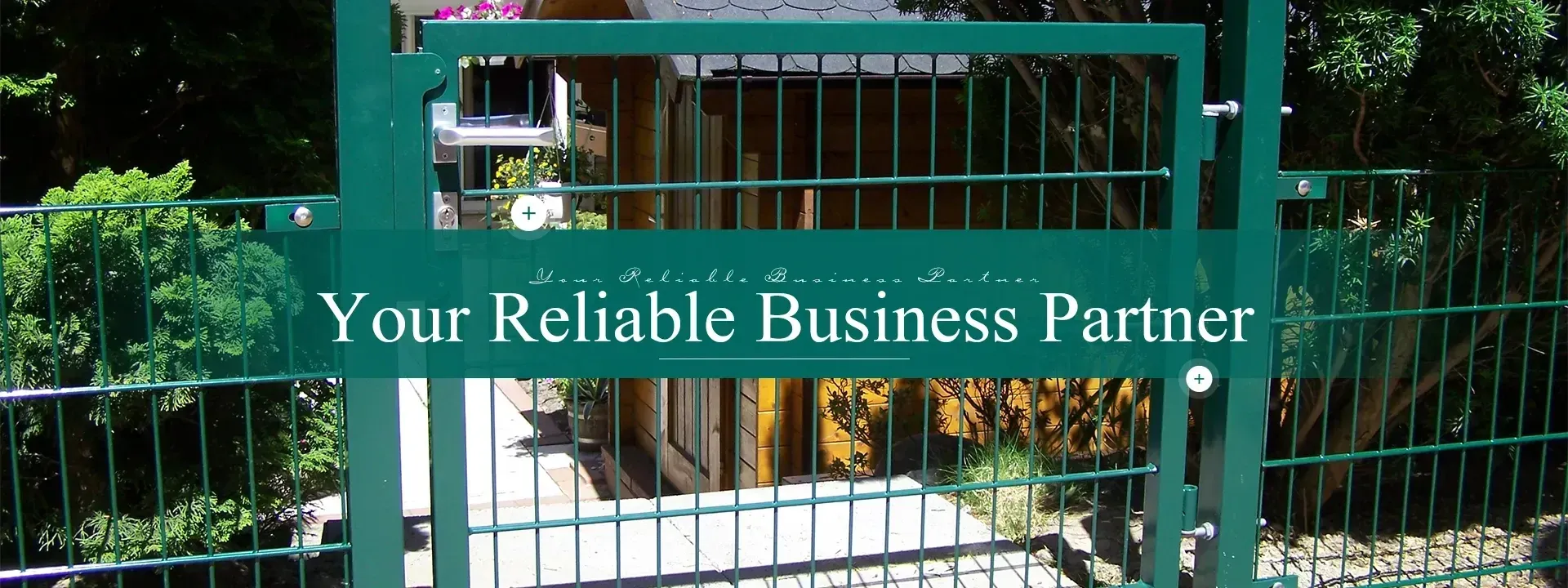The Aesthetic and Functional Appeal of Gabion Curved Walls
In today’s landscape design and civil engineering realms, gabion walls are gaining considerable popularity due to their unique blend of functionality and aesthetics. Specifically, gabion curved walls offer an innovative solution that transcends traditional straight barriers, marrying both form and function in a way that can enhance any project.
What is a Gabion Wall?
A gabion wall is a type of structure made from gabions, which are cages or boxes filled with natural stones, concrete, or other materials. The word gabion comes from the Italian gabbione, meaning big cage. These walls are typically used for erosion control, retaining walls, or decorative landscape features. The open design of gabions encourages vegetation growth, which can improve ecological conditions and integrate beautifully into natural surroundings.
The Advantages of Curved Designs
Curved walls are not only visually striking but also serve several technical advantages over their straight counterparts. The curvature provides a better distribution of lateral forces—important in areas subject to high groundwater pressure or seismic activity. Moreover, the round shape encourages water drainage, reducing the risk of buildup that can lead to wall failure.
Enhancing Aesthetics with Gabion Curved Walls
Aesthetic appeal is one of the most compelling aspects of gabion curved walls
. The integration of natural materials, like stones, allows the wall to harmonize with the landscape. The textures and colors of the stones can create various visual effects, making it easier for landscape architects and designers to customize their projects.gabion curved wall

The fluid lines of a curved wall can break the monotony of straight lines in a landscape, softening the overall appearance. Integrating these walls into public parks, residential gardens, or commercial properties can enhance the overall design, inviting people to engage with the space. The adaptability of gabion walls also allows them to suit different environments, from rustic to modern settings, making them highly versatile.
Environmental Benefits
Beyond aesthetic and structural advantages, gabion curved walls contribute positively to the environment. The use of natural stones reduces the ecological footprint compared to traditional concrete walls. Furthermore, plant life can thrive within the open framework of gabions, leading to increased biodiversity. By promoting vegetation growth, gabion walls contribute to improved air quality and stronger ecosystems. Additionally, they create habitats for various small animals, promoting local wildlife.
Practical Applications of Gabion Curved Walls
Gabion curved walls serve multiple practical applications. They can be effectively utilized in landscaping for terracing, creating raised garden beds, or defining boundaries in a garden. In urban environments, these walls can help with noise reduction, acting as effective sound barriers while still appearing inviting. Their strength and resilience make them suitable for coastal areas, where they can help manage wave action and prevent erosion.
Conclusion
Gabion curved walls represent a harmonious blend of form, function, and environmental stewardship. Their aesthetic advantages make them visually appealing, while their practicality and strength render them suitable for various applications. As more architects and engineers recognize the benefits these structures offer, it is likely that we will see an increased incorporation of gabion curved walls in future construction and landscape design projects. In an era where sustainability is paramount, these walls exemplify how we can foster harmony between the built environment and nature, creating spaces that are both beautiful and beneficial to our ecosystem.
















